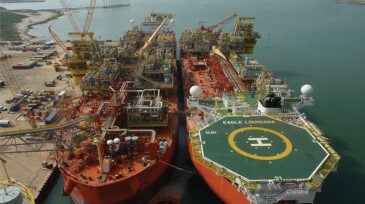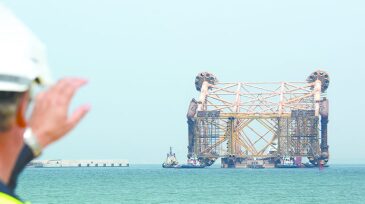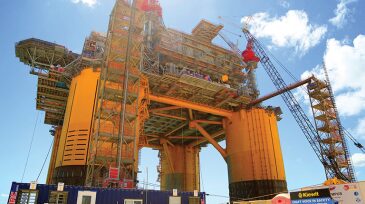Gulf of Mexico
-
In response to the 2010 Deepwater Horizon incident that claimed the lives of 11 men and led to the worst oil spill in United States history, the offshore industry devised new technologies and methods that would allow for a quicker response in the US Gulf of Mexico.
-
The value of new technology, and its ROI, is examined. Understanding the value proposition is not a trivial matter. When investing in facilities technologies, we have traditionally looked to invest in those that will reduce Capex or Opex. But what about niche technologies?
-
A destructive run of three hurricanes has been a catalyst for a flurry of innovations in decommissioning shallow-water wells in the US Gulf of Mexico.
-
This paper is a detailed examination of Pleistocene-to-Upper-Miocene turbidite reservoirs in the deepwater Gulf of Mexico under water injection.
-
This paper will demonstrate the benefit of liner-drilling technology used to drill and cement an operator’s 9⅝- and 7-in. liners in place.
-
A previous attempt to drill an exploration well in ultradeep water in the Gulf of Mexico (GOM) did not reach its objective.
-
Record-setting megaprojects are driving innovation at the installation and subsea construction firm.
-
In terms of platform technologies and extraction strategies, there are fundamental differences between the North Sea and the deepwater Gulf of Mexico (GOM).
-
The new Olympus tension leg platform (TLP) is the largest in the US Gulf of Mexico, with more than twice the displacement of the neighboring Mars TLP. It marks a leap forward in safety, improved operation time, and increased production capacity.
-
Plans were developed to produce multiple deepwater reservoirs with vastly different fluid properties from a subsea development in 3,100 ft of water in the Gulf of Mexico.










